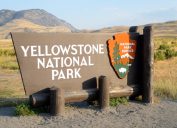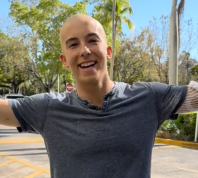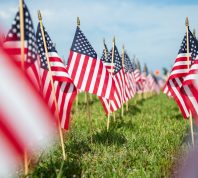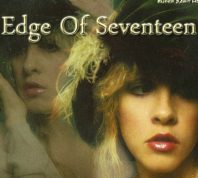8 Yellowstone Secrets From National Park Rangers
Most visitors never learn these behind-the-scenes tidbits.
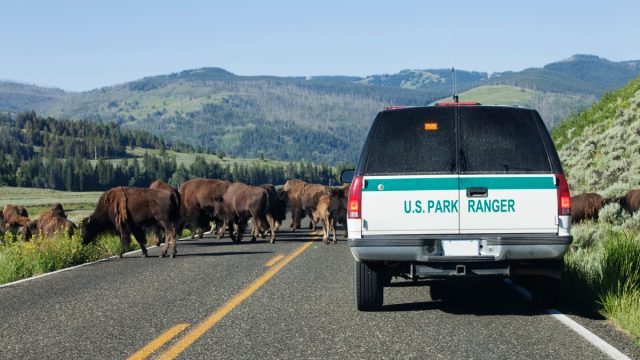
Whether you're looking to watch an eruption from Old Faithful or want to catch a glimpse of the largest population of free-ranging bison, Yellowstone National Park offers some of the most unique experiences in the country. Established in 1872, the park is the oldest in the country and also one of the oldest national parks in the world. Over the last 150 years, thousands upon thousands of people have served as park rangers at Yellowstone—racking up knowledge that even some of the park's most frequent visitors might not know. Read on to learn eight secrets from Yellowstone National Park rangers.
RELATED: 8 Reasons to Visit Yellowstone National Park Right Now.
1
There's a reason most people visit the park in the summer.
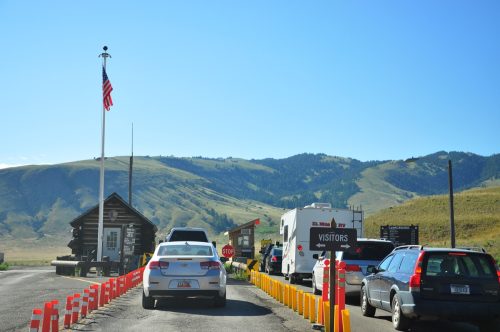
People often take their vacations in the summer, and national parks are always a popular destination. In 2021, visitors broke a record for Yellowstone National Park when 1,080,767 people visited the park in July, according to The Herald-Sun. This made it the most-visited month in the park's entire history—and the first time visitation had ever surpassed one million.
But you might want to plan a visit for summer just in order to get the clearest views. Tara Ross, who has served as a ranger for three decades and oversees law enforcement for Yellowstone, told Outsider in 2021 that there's a reason summer is now one of the most popular times for visitors in the park compared to other seasons.
"I tell you what, if you're planning a trip to Yellowstone, don't plan a trip in the fall. Even though it used to be a really great time to come, our skies are just so smoky and hazy now from the wildfires," Ross said. "We just don't have those blue skies again until winter or spring."
2
Most visitors miss the best parts of Yellowstone.
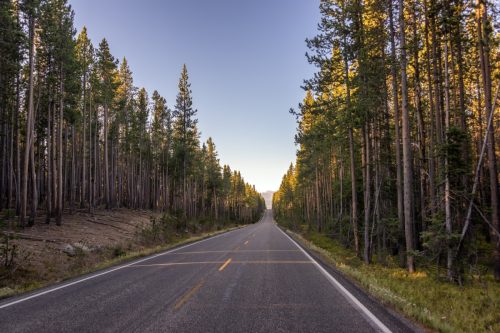
When visiting Yellowstone, it's easy to assume that the most spectacular vistas in the park are where the crowds already are. But in an article for the 2013 Yellowstone National Park Trip Planner, Julie Ellison, who worked as a ranger in the park in 2007, shared one piece of advice with visitors: "Don't forget the backcountry."
According to Ellison, it's estimated that over 80 percent of people who visit Yellowstone don't travel more than a mile away from the road. Getting away from the road can help you avoid the crowds, but it also allows you to see many of the best parts of Yellowstone.
"Some of the coolest and most impressive natural features (think brilliant blue and orange hot pools, mudpots, and waterfalls) were just a short hike, and most people probably didn't even know they existed," Ellison wrote.
As then-Yellowstone spokesperson Dan Hottle explained to CNN in 2013, one of these spots is "the most rugged and mountainous part of the park." This hidden gem is outside the Lamar Valley and near Cooke City, Montana, according to Hottle—who is now the press officer for the U.S. Forest Service.
He continued, "It feels like you're in the Swiss Alps with rugged young mountains that pop up, getting most of the snowfall in the park and raging rivers. There aren't a lot of visitors."
However, if you are going to journey to the backcountry, you need a permit to camp overnight, and there are several precautions the National Park Service (NPS) asks that you take.
RELATED: 8 Best Natural Wonders Found in U.S. National Parks.
3
You don't have to do strenuous hikes to get great views.

In a 2014 article for National Geographic, Jeremy Schmidt, a Wyoming-based writer and photographer who previously worked as a ranger in Yellowstone, revealed that his favorite "park secret" is Storm Point Trail. According to Schmidt, this trail is located on the north shore of Yellowstone Lake.
"[It's] an easy walk through meadow and forest to an excellent view of the lake and a good chance to see a variety of wildlife," Schmidt wrote.
However, the NPS does warn on its website that the trail is often closed in the late spring and early summer due to bear activity. "Inquire at the Fishing Bridge Visitor Center about trail closures before hiking," NPS recommends.
4
You're warned against getting too close to animals for a reason.
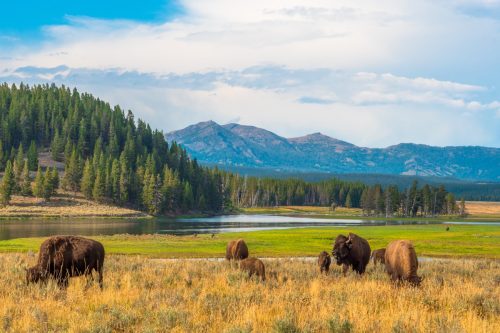
The NPS has long warned visitors to never approach wildlife at Yellowstone National Park, urging them to always stay at least 100 yards away from bears and wolves, and at least 25 yards away from all other animals, including bison and elk. This isn't a case of authorities trying to get between you and your fun.
Bison, for example, often weigh in at over a ton but can top 35 miles per hour, park ranger John Tillison explained in a 2019 blog post. "Please remember that these are wild animals and to keep a safe distance," he wrote.
And that's not the only reason. During a 2015 interview for the Outdoor Society, Kaiti May, a national park ranger who has worked in both Yellowstone and other parks, revealed that her worst experience ever in a national park occurred at Yellowstone when she "had a hard time" getting a group of guys not to get too close to a bison.
"They reacted very rudely to me and I felt like I was being ganged up on. After they left I cried over frustration," she said. "I was frustrated that I couldn't help them understand that these animals are wild, and each time we get too close to them we help them become used to us humans. Eventually they will lose their wildness that we love about them."
RELATED: 11 U.S. National Parks You Can Do in a Day.
5
Authorities can arrest you for breaking park rules even after you leave.

There is a long list of rules for any national park—largely meant to keep both visitors and wildlife safe. But what happens in Yellowstone doesn't necessarily stay in Yellowstone. Ross explained in 2017 that authorities can retroactively nab visitors for breaking the rules, especially when they post the proof online.
"Social media has had an impact. People post risky behavior on Facebook and make it seem acceptable. Like diving off cliffs at Firehole with a GoPro. Or petting a bison," Ross said. "Online you'll see lots of videos of bison charging people. Or you'll see a video of people at the Grand Prismatic, one of the most iconic and fragile springs, trampling off the boardwalk. Sometimes that's how we catch people."
RELATED: The 12 Best National Parks That Need to Be on Your Bucket List.
6
Any crime committed in Yellowstone is a federal crime.
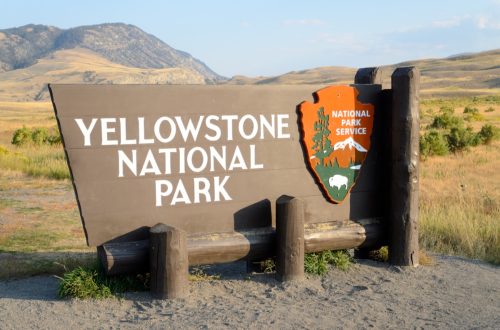
During a 2021 interview with Outsider, Ross also revealed that Yellowstone sees its fair share of more "typical" crimes that are not unique to the park itself.
"Anywhere you have people, you have the same crimes. Whether it's a park or a neighborhood. Domestic violence. Sexual assaults. Homicide. People being stranded, too, of course. That sort of thing," she noted.
But most visitors don't realize that the way in which you're prosecuted for these crimes is different in Yellowstone.
"It's the oldest national park in the world, and it's exclusively federal jurisdiction," Ross told Outsider. "So every crime in Yellowstone National Park is a federal crime."
7
Plan ahead for parking.

One of the best ways to see Yellowstone is actually by taking a scenic drive. Making your way around the Grand Loop will take you between four and seven hours, depending on traffic and your stops to take in the views. But as former park ranger Ash Nudd wrote in a 2022 blog post, you'll want to be aware of a few spots where you might have trouble parking.
"It's difficult to find parking in some of the popular stops with small parking lots," Nudd wrote in a 2022 blog post. "This includes Norris, the Midway Geyser Basin, and the West Thumb Geyser Basin."
Additionally, she warns that you might have trouble finding a spot at Canyon Village along the North Rim.
"The North Rim is accessed by a one-way road, so if it's crowded (which it usually is), you won't have the option to circle the parking lot," Nudd wrote. "You'll be forced to drive past some of the best views if you're unable to find a spot."
Nudd recommended scheduling your trip to avoid these spots at peak times (between 10 a.m. and 3 p.m.). "Otherwise, you'll spend a ton of time sitting in traffic and circling to find parking," she said.
But while you may fear parking at Old Faithful, Nudd revealed that's not actually a problem thanks to the attraction's "massive" parking lot.
For more travel advice delivered straight to your inbox, sign up for our daily newsletter.
8
There are ideal spots to stay.
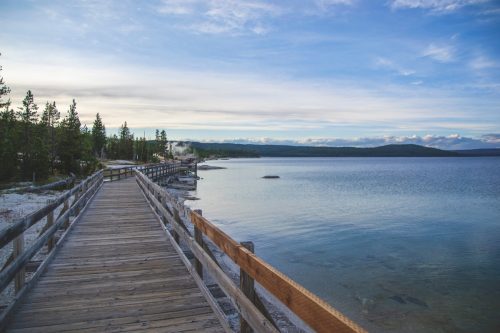
If you're finally planning a big trip to Yellowstone, you might be willing to splurge a bit on your hotel or Airbnb, but Nudd advised against booking your stay based solely on quality.
"If you look at a map of Yellowstone, you'll see that there is an upper loop road and a lower loop road," she wrote in the blog post. "Yellowstone is a huge park, and if you don't choose your lodging wisely, you'll add hours of unnecessary driving to your day. For this reason, I highly suggest staying along the middle road that travels through the park. That includes West Yellowstone, Madison, Norris, Canyon, and Lake Village."
If those options aren't available, Nudd recommended booking something on the south end for a few days and then moving north "to break up driving."
In addition, while booking your stay at nearby Grand Teton National Park or in Cody, Wyoming, may be tempting, that's another option Nudd said it's wise to avoid.
"I don't suggest staying in either place for your vacation to Yellowstone. It just adds on so much drive time!" she explained. "You will end up spending most of your time in the car."
